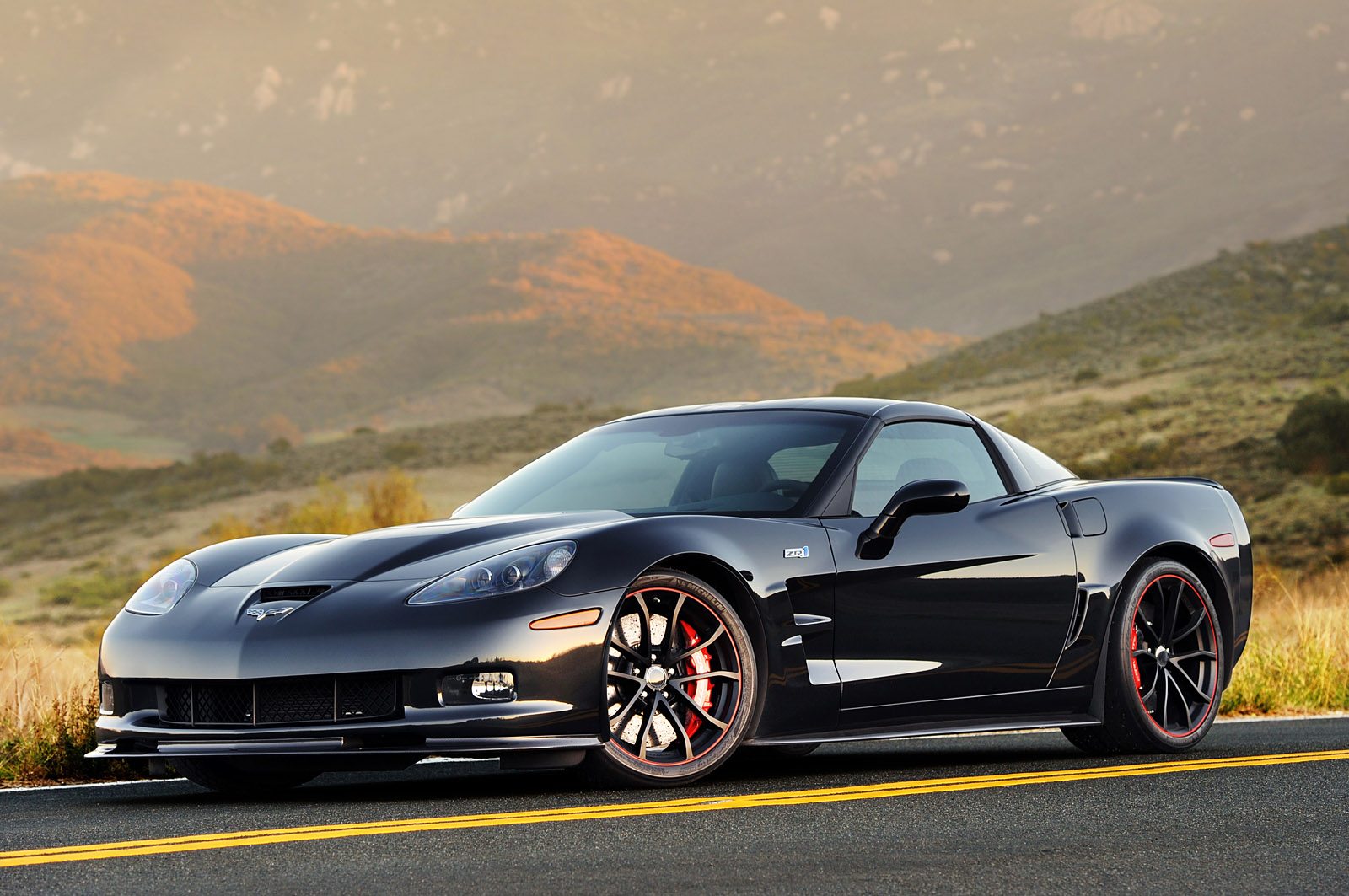Corvette Glossary Of Terms
M
MacLean Vehicle Systems (MVS)
MacLean Vehicle Systems is a leading manufacturer of products for the automotive fasteners, commercial truck and trailer, and wheel and axle mounting industries. Information content courtesy of MacLean Vehicles Website. Corvsport Page References: 2004 Corvette.
Magnetic Selective Ride Control
The Magnetic Selective Ride Control suspension features magneto-rheological dampers able to detect road surfaces, then adjust the shock absorber damping rates to those surfaces almost instantly for optimal ride control. It adjusts damping by means of electromagnetic particles in the shock fluid, with ride control achieved through the precise application of electronic current to manipulate the fluid’s consistency. Two settings are available: “Tour” and “Sport,” which allows you to stiffen suspension capability for better cornering precision during track events. Corvsport Page References: 2005 Corvette.
No Subscription? You’re missing out
Get immediate ad-free access to all our premium content.
Get Started



